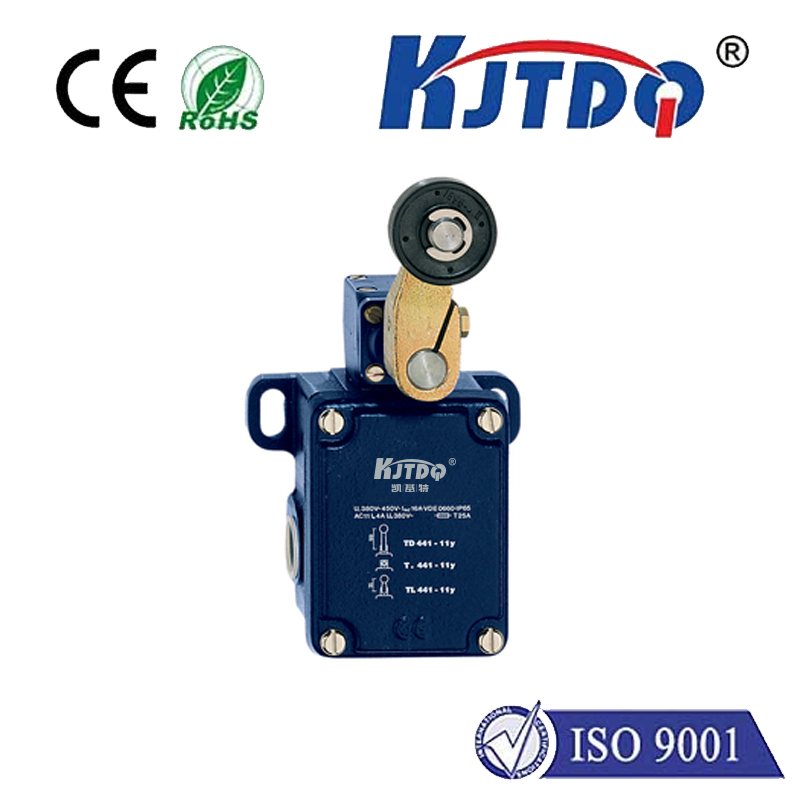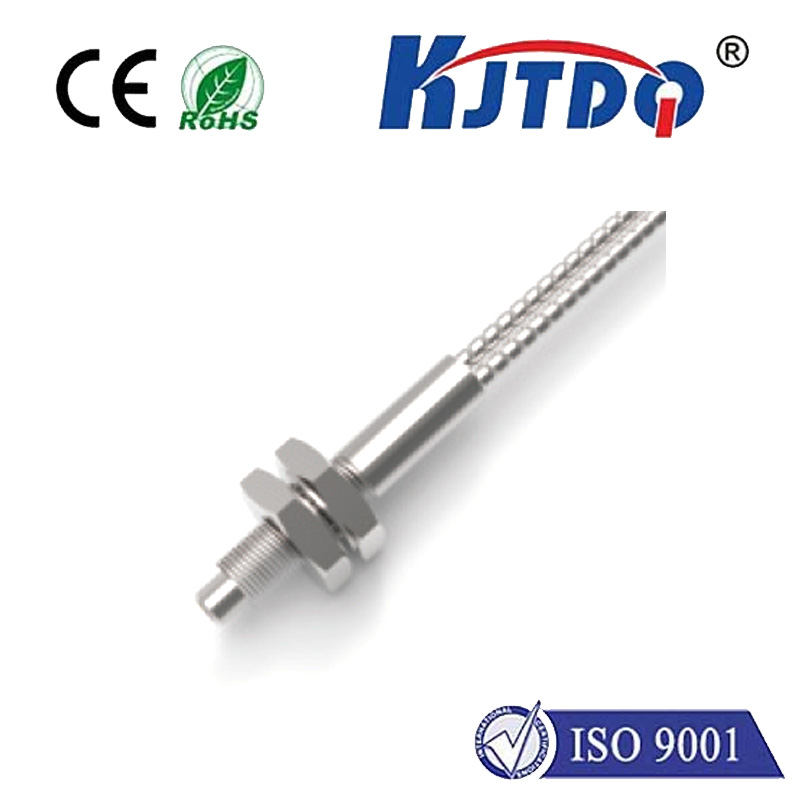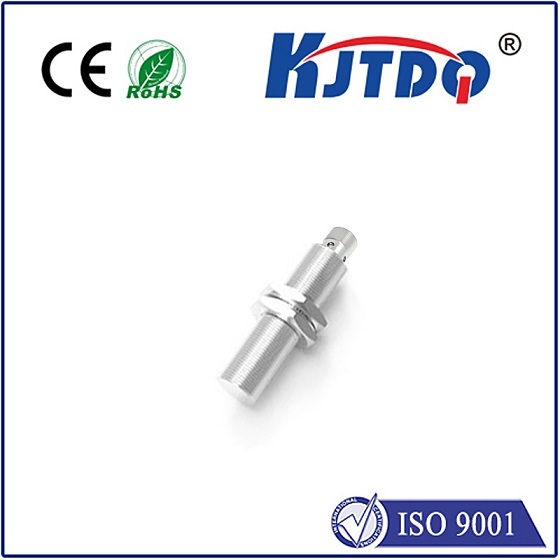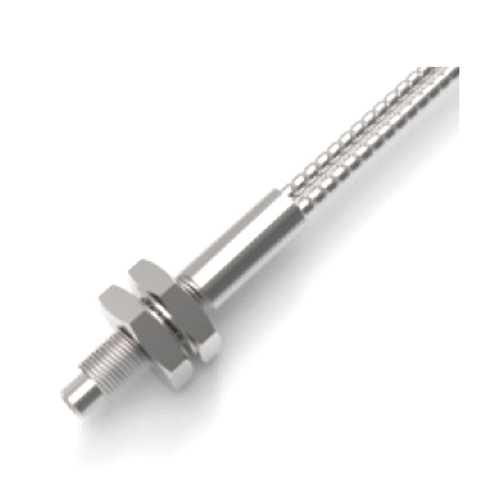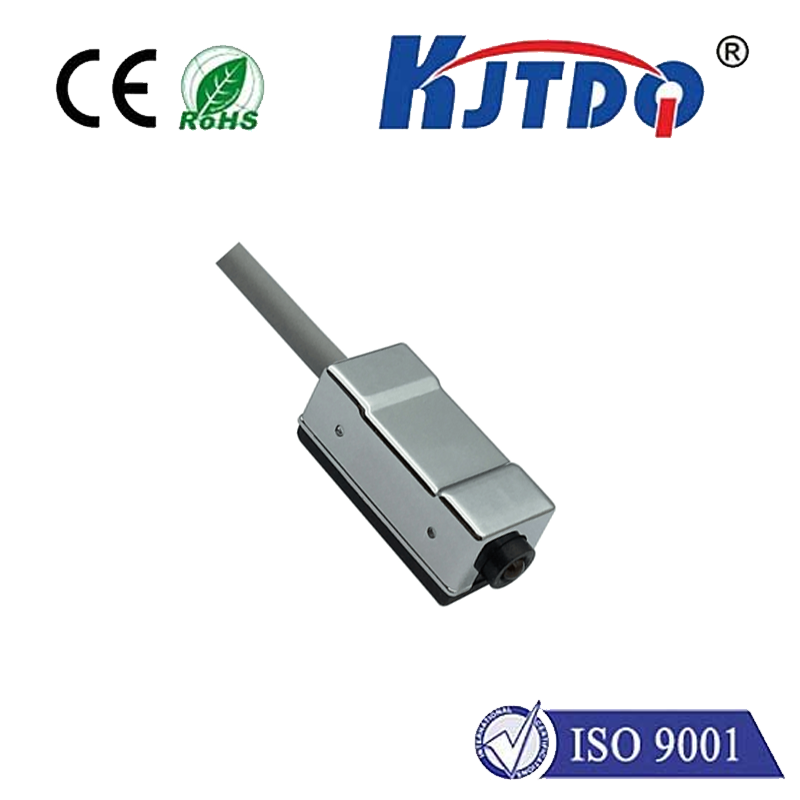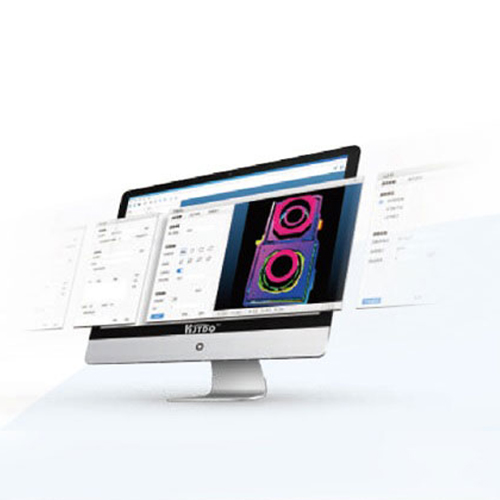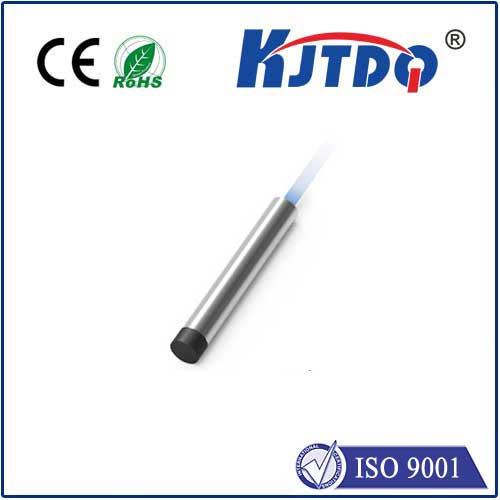macam macam sensor proximity
- time:2025-07-15 08:00:05
- Нажмите:0
Types of Proximity Sensors: A Comprehensive Guide To Non-Contact Detection
Ever wonder how supermarket doors slide open magically as you approach, or how your phone’s screen dims when held to your ear? The unseen heroes behind these everyday marvels are proximity sensors. Understanding the diverse world of these devices – macam macam sensor proximity – is crucial for engineers, designers, and anyone curious about the hidden technology shaping our interactions with machines and environments. These ingenious components detect the presence, absence, or position of nearby objects without any physical contact, enabling smarter, safer, and more efficient systems.
At their core, all proximity sensors work on a fundamental principle: they interact with their environment through fields or beams and detect changes caused by a target object entering their detection zone. This non-contact nature is their defining advantage, leading to reduced wear and tear (no moving parts collide), high reliability, long operational life, and the ability to sense delicate, small, or dirty objects that contact sensors might damage or miss.
The technology landscape of proximity sensors is rich and varied, tailored to specific needs and target materials. Here’s a look at the most prevalent types:
- Inductive Proximity Sensors: These workhorses dominate industrial settings. They generate an oscillating electromagnetic field. When a metallic target enters this field, it induces eddy currents within the metal, causing a detectable change in the field’s amplitude or oscillation frequency. Key characteristics:
- Ideal for detecting metals (ferrous and non-ferrous, though sensitivity differs).
- Unaffected by non-metallic materials like plastic, wood, or liquids between the sensor and target.
- Robust and reliable, excellent for harsh industrial environments (dust, oil, vibration).
- Typically used for position sensing, object counting, and metal detection in automation.
- Capacitive Proximity Sensors: These sensors operate by forming one plate of a capacitor, with the target object acting as the other plate or altering the capacitance between two plates. The sensor detects changes in capacitance caused by the target’s dielectric properties entering its electric field. Key characteristics:
- Can detect both metallic and non-metallic targets (plastics, wood, liquids, powders, glass).
- Чувствительность can often be adjusted to handle various materials and sensing distances.
- Effective even with thin barriers between the sensor and the target.
- Common uses include liquid level detection, material presence sensing (e.g., plastic bottles, wood panels), and touch interfaces.
- Photoelectric (Optical) Sensors: Utilizing light beams (visible, infrared, or laser), these sensors detect objects based on the interruption or reflection of light. Several subtypes exist:
- Through-Beam (Opposed Mode): Emitter and receiver are separate units. Object detection occurs when the target breaks the light beam. Offers the longest sensing ranges and highest reliability.
- Retroreflective: Emitter and receiver are in one housing. A reflector bounces the light beam back. The target is detected when it interrupts the returning beam. Easier installation than through-beam but requires a reflector.
- Diffuse (Proximity Mode): Emitter and receiver are in one housing. Detection relies on the target reflecting the emitted light back to the receiver. Simplicity is key, but sensing distance and reliability heavily depend on the target’s color, reflectivity, and surface texture.
- Versatile: Used for long-range detection, object counting, color sensing, and detecting virtually any object regardless of material, as long as it modifies the light beam.
- Ultrasonic Proximity Sensors: These sensors emit high-frequency sound waves (ultrasound) and measure the time-of-flight for the echo to return from a target object. Distance calculation is based on the speed of sound. Key characteristics:
- Detects virtually any solid object or liquid, regardless of color, transparency, or material (as long as it reflects sound).
- Effective in challenging environments with dust, fog, or smoke where optical sensors struggle.
- Can provide distance measurement information, not just presence/absence.
- Applications include parking assistance (sonar), object level detection in bins/tanks, and presence sensing in dirty environments.
- Magnetic Proximity Sensors (Reed Switches / Hall Effect): These specifically detect magnetic fields, usually from a permanent magnet.
- Reed Switches: Contain ferrous reeds within a glass tube. A nearby magnetic field causes the reeds to flex and make or break an electrical contact. Simple and cost-effective.
- Hall Effect Sensors: Generate a voltage (Hall voltage) proportional to an applied magnetic field’s strength and direction. Offer solid-state reliability, no moving parts, and can detect both magnitude and polarity of the field.
- Primarily used for position sensing (e.g., detecting open/close state of doors/windows/valves, cylinder position via a magnet).
Selecting the right proximity sensor depends heavily on the application’s specific demands. Factors like the target material (metal, plastic, liquid?), required sensing distance, the operating environment (temperature, dust, moisture, oils), output type needed (e.g., digital on/off, analog distance), and physical size constraints are all critical considerations. Modern sensors often feature advanced diagnostics, IO-Link communication for remote configuration and data exchange, and robust designs meeting IP67 / IP69K ratings for demanding conditions.
From ensuring robotic arms precisely locate components on an assembly line (inductive/capacitive), to triggering your phone’s screen to turn off during a call (infrared photoelectric), to measuring the exact level of grain in a silo (ultrasonic), or confirming a security door is fully closed (magnetic), the macam macam sensor proximity form an essential, diverse toolkit. Their ability to perform reliable, wear-free detection without contact makes them indispensable across countless industries and consumer products. Understanding their unique principles and strengths empowers engineers to design smarter, more responsive, and more efficient systems.
